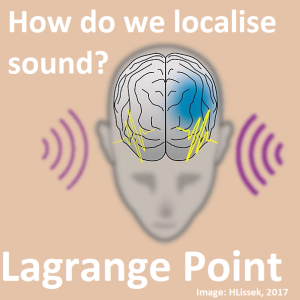

This week we look at the way our brains process sound, music, pitch and rhythm. How does our brain figure out where a sound is coming from? Do our eyes and ears process distance and location in a similar way? How does our brain discern differences in stimuli? What can we learn about pitch and rhythm from studying a remote Bolivian tribe? Is there a biological limit to our perception of sounds? Is our ability to perceive rhythm, chords and pitch cultural or biological?
References:
Antje Ihlefeld, Nima Alamatsaz,...
This week we look at the way our brains process sound, music, pitch and rhythm. How does our brain figure out where a sound is coming from? Do our eyes and ears process distance and location in a similar way? How does our brain discern differences in stimuli? What can we learn about pitch and rhythm from studying a remote Bolivian tribe? Is there a biological limit to our perception of sounds? Is our ability to perceive rhythm, chords and pitch cultural or biological?
References:
- Antje Ihlefeld, Nima Alamatsaz, Robert M Shapley. Population rate-coding predicts correctly that human sound localization depends on sound intensity. eLife, 2019; 8 DOI: 10.7554/eLife.47027
- Nori Jacoby, Eduardo A. Undurraga, Malinda J. McPherson, Joaquín Valdés, Tomás Ossandón, Josh H. McDermott. Universal and Non-universal Features of Musical Pitch Perception Revealed by Singing. Current Biology, 2019; DOI: 10.1016/j.cub.2019.08.020
Comments (3)
More Episodes
All Episodes>>Create Your Podcast In Minutes
- Full-featured podcast site
- Unlimited storage and bandwidth
- Comprehensive podcast stats
- Distribute to Apple Podcasts, Spotify, and more
- Make money with your podcast
It is Free












